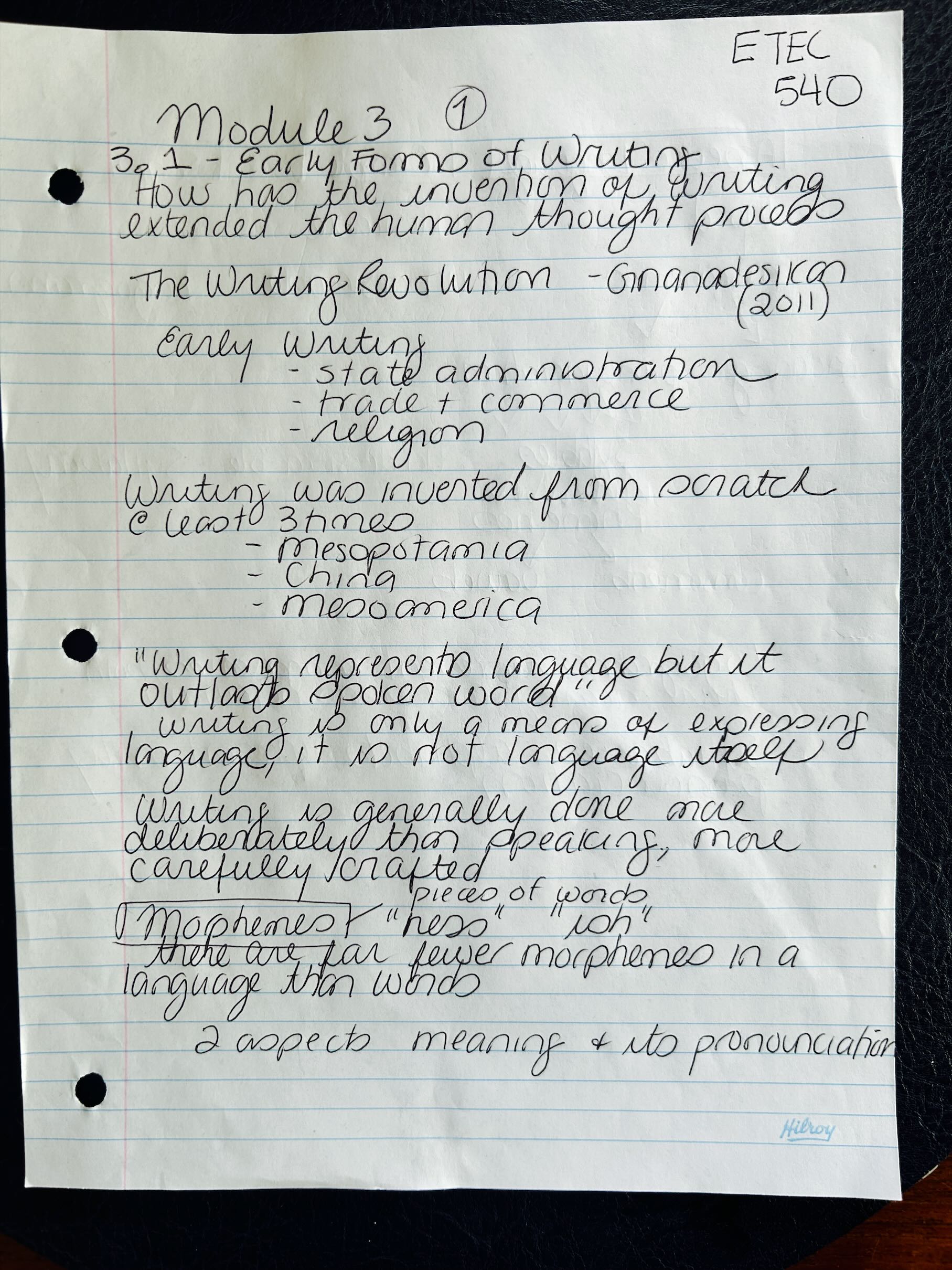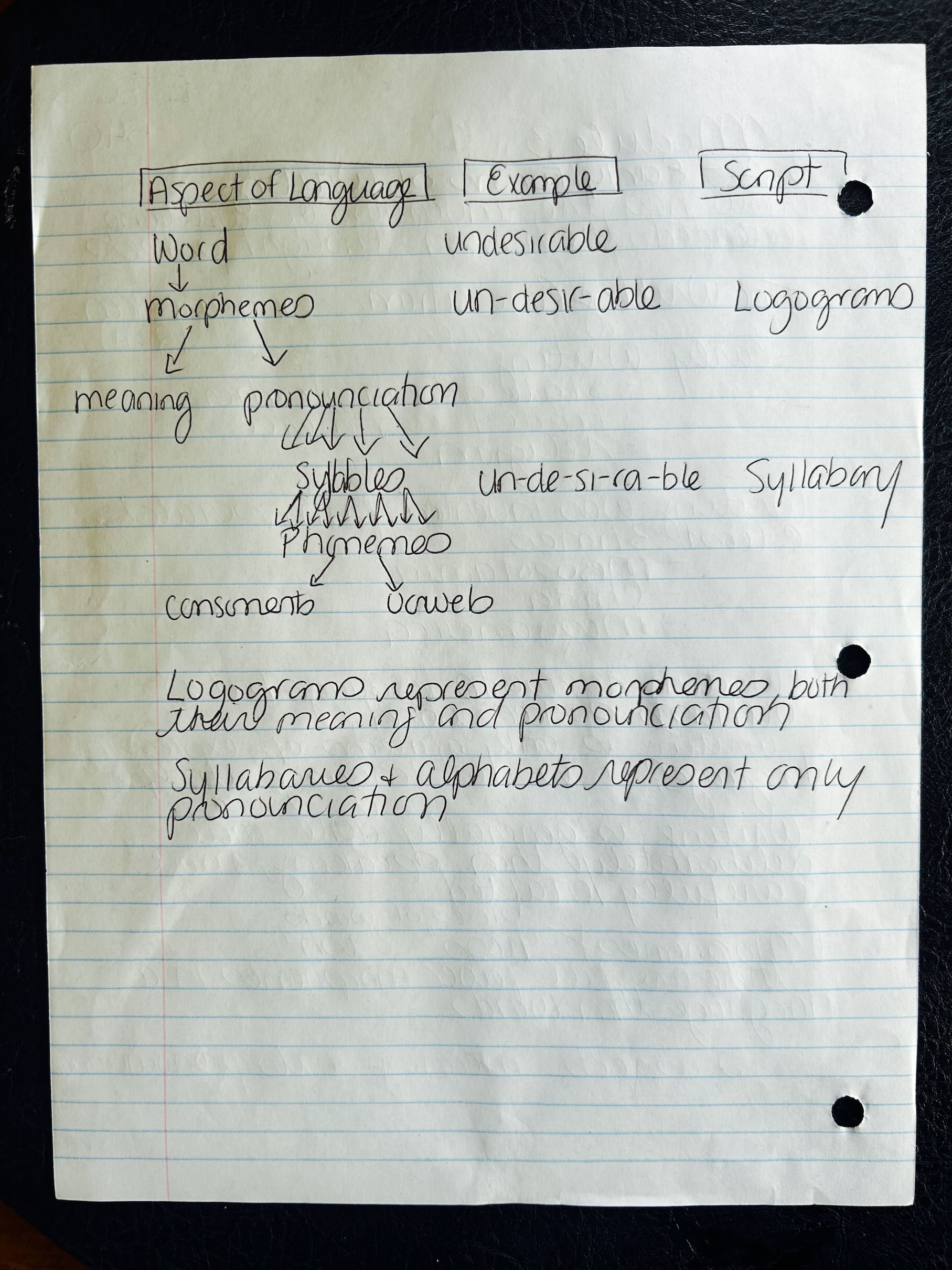
Did you rely more on syllables, words, ideas, or a combination of all of them?
For this task, I started by searching for words that fit the story I wanted to tell. I quickly realized that many of the words I wanted were not available, which required me to shift to a more creative approach combining words and ideas. I opted to use words to describe the title of what was occurring, then selected images to convey a description of what was happening or a scene without the direct use of language. I often had to be creative with my thinking; for example, when searching “money,” the search failed to come up with an emoji. however, I was able to think about what symbolized money and used a dollar sign.
As the story unfolded, I found myself gradually shifting away from relying on words and instead embracing the power of actions and emotions to narrate the story. This transition allowed me to use fewer emojis yet still paint a more profound and detailed picture of the characters’ experiences.
I was also able to find emoji characters with similar characteristics to the contestants.
Did you start with the title? Why? Why not?
My emoji story began with the title. I was aware of the existence of a chef emoji and believed it could capture the essence of the show’s title. The emoji for ‘top’ had the word embedded in it and would, therefore, be considered more of a “sign” than an emoji (Bolyer, 2001). To avoid this, I pondered using a top hat but decided against it as it might confuse the audience, given its lack of direct relevance to the show’s content.
Did you choose the work based on how easy it would be to visualize?
Bolter (2001) notes that one limitation of picture writing is the challenge of illustrating the passage of time. To overcome this, I was strategic in crafting the narrative on the page. Each line depicts a new scene, depicting the chronology of the show. This approach was important in conveying the story’s progression.
Bolter, J. D. (2001). Writing space: Computers, hypertext, and the remediation of printLinks to an external site. (2nd ed). Lawrence Erlbaum Associates.


